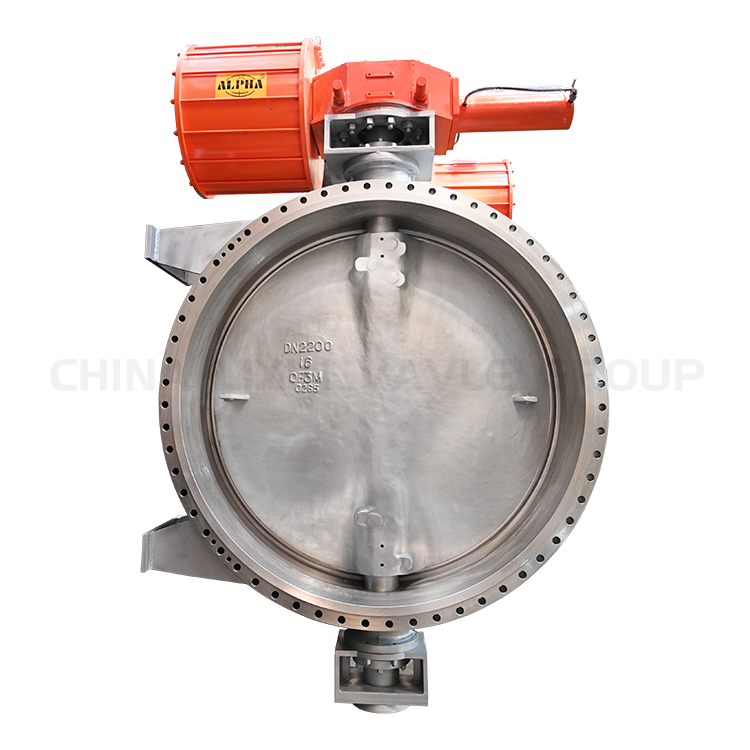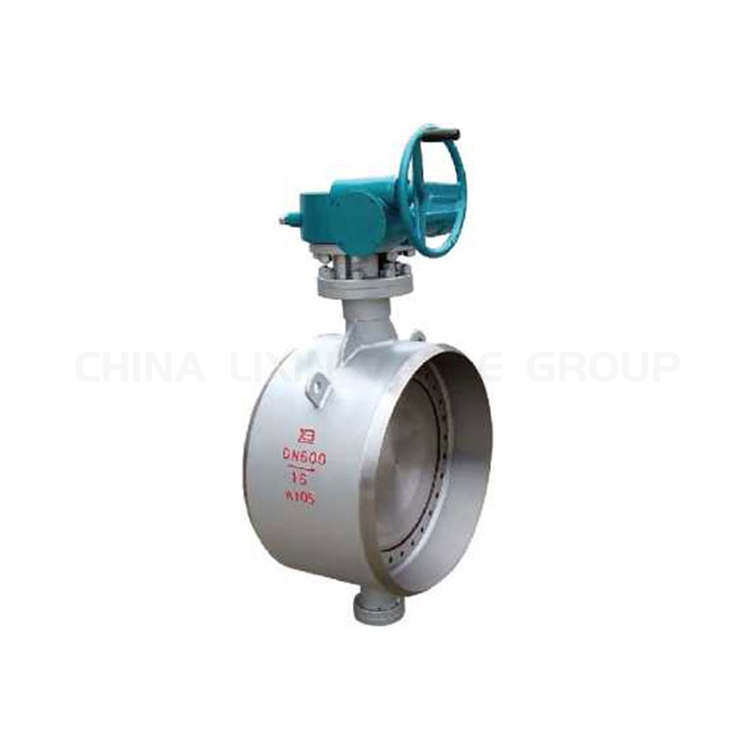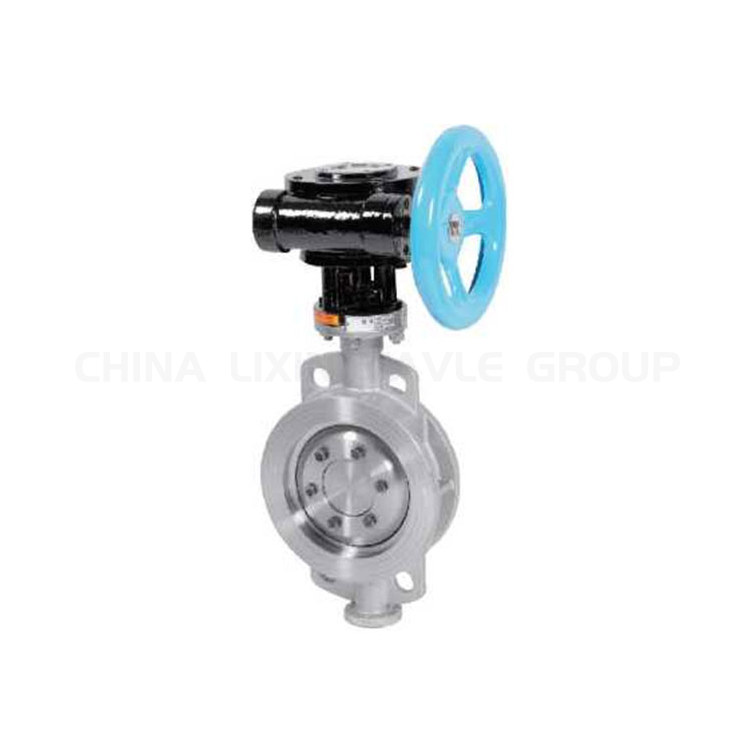How?to?Select?the?Right?Butterfly?Valve?
Step?1:?Determine?Fluid?Characteristics
-
Identify?the?type?of?fluid?being?handled?(e.g.,?water,?oil,?gas,?chemicals).
-
Consider?fluid?properties?such?as?temperature,?pressure,?viscosity,?and?corrosiveness.
Step?2:?Specify?Pressure?and?Temperature?Requirements
-
Determine?the?maximum?pressure?and?temperature?that?the?valve?will?experience.
-
Select?a?valve?with?a?pressure?rating?and?temperature?range?that?meet?or?exceed?these?requirements.
Step?3:?Calculate?Flow?Rate
-
Determine?the?desired?flow?rate?through?the?valve.
-
Calculate?the?valve?size?based?on?the?flow?rate?and?pipe?diameter?using?flow?equations?or?manufacturer‘s?guidelines.
Step?4:?Choose?Valve?Type
-
Standard?Butterfly?Valves:?Suitable?for?general?applications?with?moderate?pressure?and?temperature?requirements.
-
High–Performance?Butterfly?Valves:?Engineered?for?demanding?applications?requiring?tight?shut–off,?low?torque,?and?extended?service?life.
-
Triple?Offset?Butterfly?Valves:?Ideal?for?high–pressure?and?temperature?applications?due?to?their?triple?offset?design,?which?ensures?complete?sealing.
Step?5:?Select?Body?and?Seat?Materials
-
Choose?materials?that?are?compatible?with?the?fluid?being?handled?and?can?withstand?the?operating?conditions.
-
Common?materials?include?cast?iron,?ductile?iron,?stainless?steel,?and?exotic?alloys.
Step?6:?Determine?Actuator?Type
-
Manual?Actuators:?Suitable?for?infrequent?operation?or?applications?where?precise?control?is?not?required.
-
Electric?Actuators:?Provide?remote?operation?and?precise?control,?ideal?for?automated?systems.
-
Pneumatic?Actuators:?Offer?fast?response?times?and?high?torque,?suitable?for?high–pressure?applications.
Step?7:?Consider?Additional?Features
-
Lugs?or?Flanges:?Select?valves?with?lugs?for?direct?mounting?to?flanges?or?piping?systems,?or?flanges?for?secure?and?leak–proof?connections.
-
Sealing?Options:?Specify?resilient?seats?for?general?applications?or?metal?seats?for?high–temperature?and?corrosive?environments.
Step?8:?Verify?Compliance?and?Certifications
-
Ensure?that?the?valve?meets?industry?standards?and?certifications?(e.g.,?ANSI,?API,?ISO).
-
Consider?valves?with?third–party?approvals?for?specific?applications?(e.g.,?fire?safety,?nuclear).
Conclusion
By?following?these?steps?and?considering?the?factors?discussed?above,?engineers?and?professionals?can?select?the?right?butterfly?valve
for?their?specific?application.?Proper?valve?selection?ensures?optimal?flow?control,?system?efficiency,?and?long–term?reliability.
External?Resources
-
How?to?Size?a?Butterfly?Valve
Additional?Information
Table:?Butterfly?Valve?Selection?Criteria
| Criteria | Considerations |
| Fluid?Characteristics | Type,?temperature,?pressure,?viscosity,?corrosiveness |
| Pressure?and?Temperature?Requirements | Maximum?pressure?and?temperature?ratings |
| Flow?Rate | Desired?flow?rate?and?pipe?diameter |
| Valve?Type | Standard,?high–performance,?triple?offset |
| Body?and?Seat?Materials | Compatibility?with?fluid?and?operating?conditions |
| Actuator?Type | Manual,?electric,?pneumatic |
| Additional?Features | Lugs/flanges,?sealing?options |
| Compliance?and?Certifications | Industry?standards,?third–party?approvals |
For More Detailed Information, Visit: Lixin Valve Group




 Request a Quote
Request a Quote






